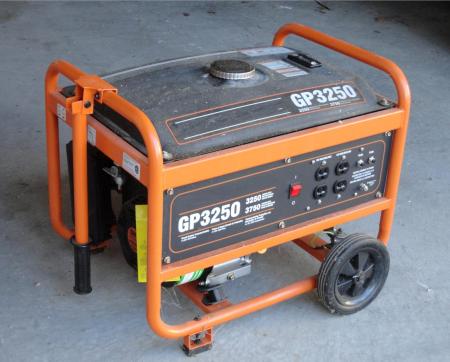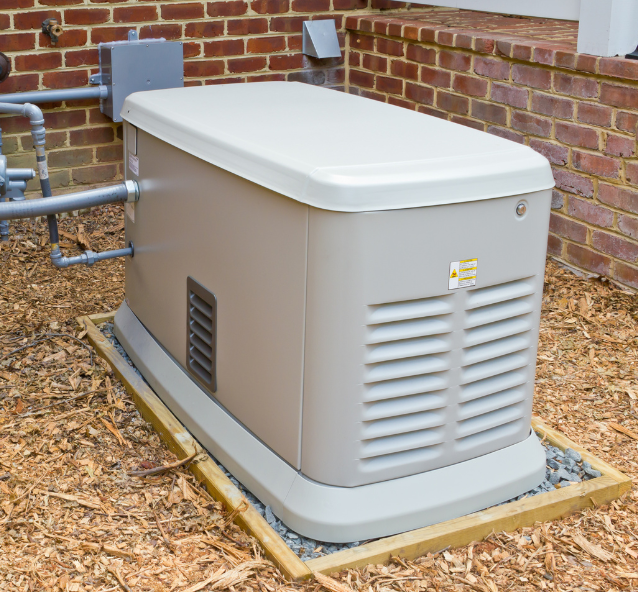If you plan to add a permanent backup generator to your home or business, you must contact us at 806-775-7766 before installing.
When a storm hits and the power goes out, you might find yourself left in the dark for a long period of time. However, many people invest in generators to help keep the lights on, and purchasing one requires some careful consideration. South Plains Electric Cooperative urges you to make sure you understand power and safety considerations before adding a generator to your home.
There are two types of generators for homeowners to choose from: portable and standby.
A portable generator is usually gas powered and can be moved around. You can power your home by plugging appliances into it. Here are some tips for using a portable generator safely:
- Make sure your generator is properly grounded.
- Keep the generator dry.
- Plug appliances directly into the generator.
- Make sure extension cords used with generators are rated for the load, and are free of cuts, worn insulation and have three-pronged plugs.
- Do not overload the generator.
- Do not operate the generator in enclosed or partially enclosed spaces. Generators can produce high levels of carbon monoxide very quickly, which can be deadly.
- Use a ground fault circuit interrupter (GFCI) to help prevent electrocutions and electrical shock injuries. Portable GFCIs require no tools to install and are available at prices ranging from $12 to $30.
- Start the generator first before connecting appliances.
Standby generators are installed directly to the house and are typically powered by natural gas or propane. These generators start automatically when the power goes out. Standby generators should be installed by a qualified electrician who must install a transfer switch to prevent backfeed. That device will automatically separate your home system from the utility system. You must notify South Plains Electric before directly wiring a generator into your home’s electrical circuit.
Do not temporarily connect any generator directly to household wiring. Power from a generator can back-feed along power lines and electrocute anyone coming in contact with them, including our linemen making repairs.
It is recommended that you operate your generator once a month for at least 10 minutes to ensure that it is running properly. Keep the generator where it will be easily accessible and weatherproof. It is advisable to have enough fuel for at least 24 hours.
Click here for more information on commercial generators.






